You might think you understand your feline friend perfectly, but did you know their tail is like a complex communication device that speaks volumes? While dogs are famous for their enthusiastic tail wagging, cats have developed an entirely different language through their tail movements. Your position, speed, and style of movement can reveal whether they’re happy, frightened, playful, or preparing to pounce.
Understanding these subtle signals isn’t just fascinating – it’s essential for building a stronger bond with your cat and knowing when to engage or give them space. Let’s decode the mysterious world of feline tail communication and discover what your cat is really trying to tell you.
The Anatomy Behind Cat Tail Movements

Your cat’s tail is actually an extension of their spine, containing anywhere from 18 to 23 small vertebrae. Cat tails typically measure between 25-30cm (10-12 inches) in length, with larger breeds like Maine Coons having proportionally longer tails.
The bones of the tail are covered in layers of connective tissue, blood vessels, muscle, skin, and fur. This complex structure gives your cat incredible control over every movement, from the base to the very tip. Cats have full control of their tails, from the base to the tip. A cat’s tail is an extension of their spine, and they can move it voluntarily.
The Straight Up Greeting: Your Cat’s Friendly Signal
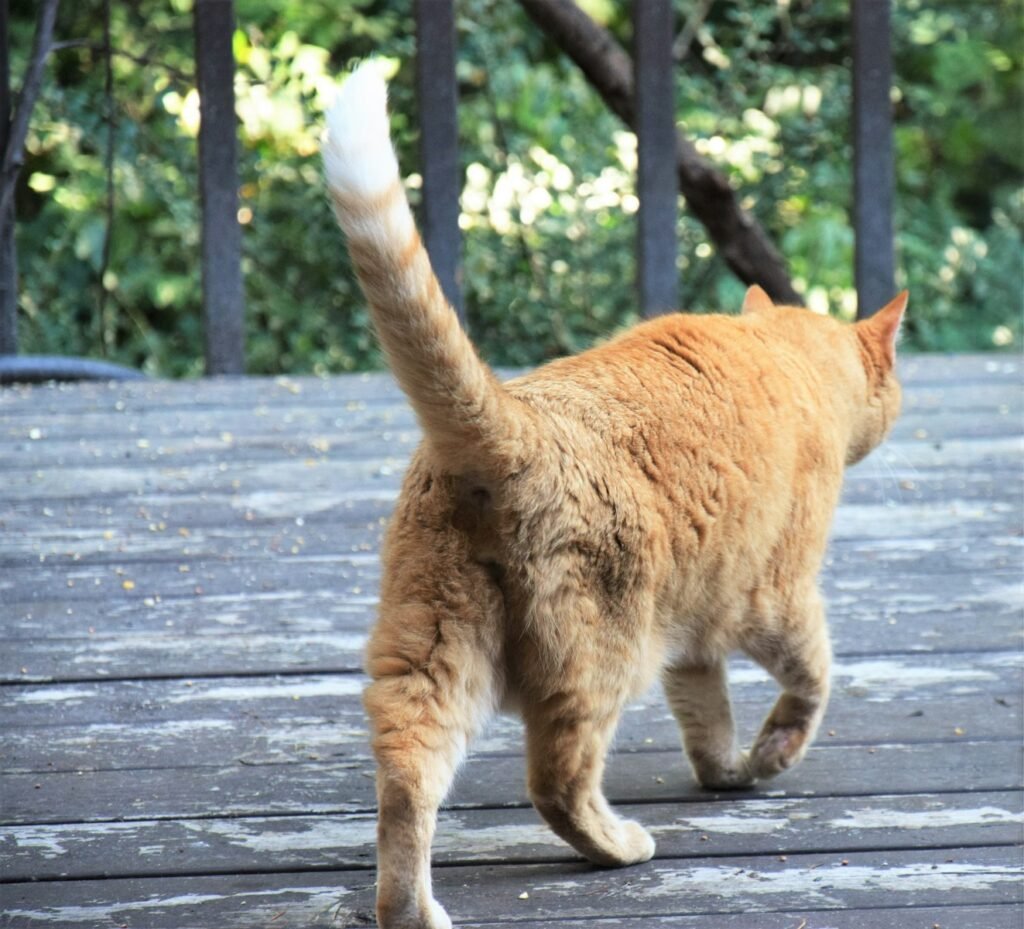
If a cat walks into the room, tail sticking straight up, they’re feeling confident, comfortable and ready to engage in some friendly interaction. This tail position indicates all is right in the world – or at least it is from the cat’s perspective. Think of this as your cat’s equivalent of walking into a room with arms wide open and a smile on their face.
When a cat’s tail is upright, they are feeling social and confident, and are approaching in a friendly manner. This cat tail language indicates a friendly greeting between cats, and it’s how kittens greet their mothers. Sometimes you’ll even notice a tail that points up accompanied with a quiver at the base of the tail is often an indication your cat is especially excited to see you or to be getting a tasty bowl of cat food.
The Question Mark Curve: An Invitation to Play
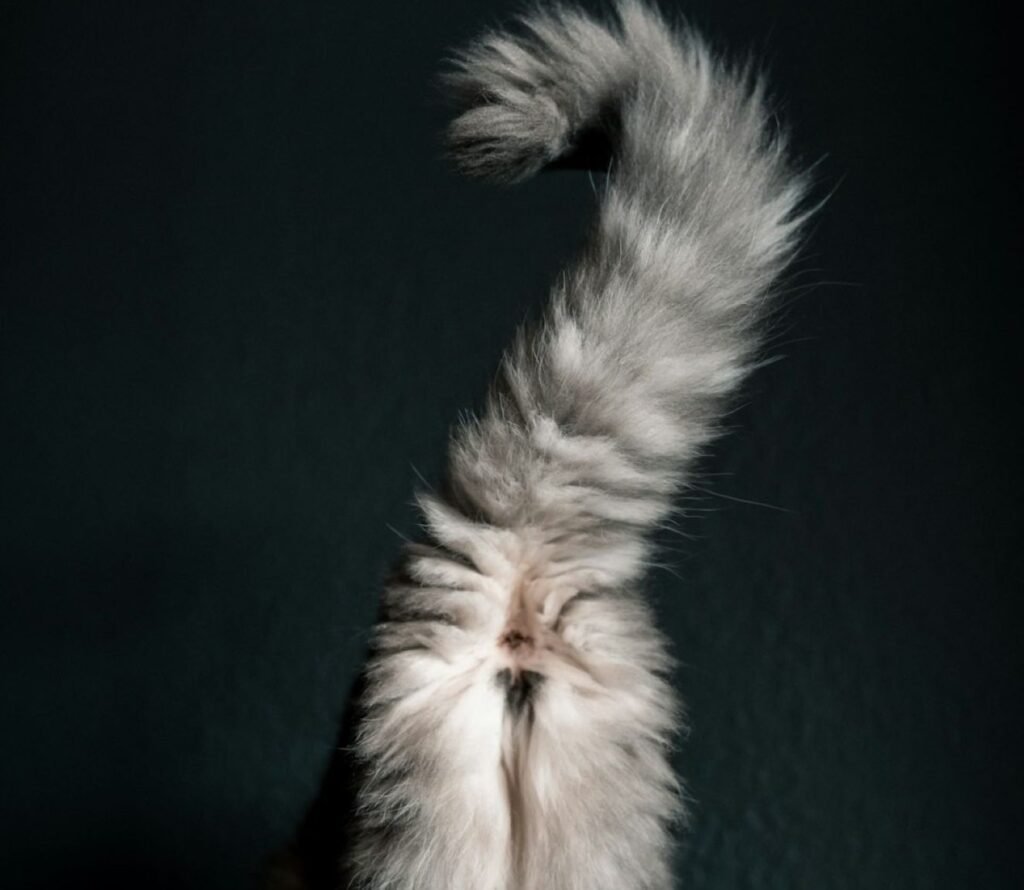
When your cat’s tail forms a curve that resembles a question mark, you’re witnessing one of the most charming aspects of feline communication. When a cat bends its tail in the shape of a question mark, this is good news, especially if you have a few minutes to spare and some cat toys at the ready. That’s because the question mark-shaped tail position is a cat’s way of asking you, Would you like to play?
Also lovingly referred to as “the question mark,” a cat with a slightly curved tail is generally feeling quite playful! The curvature of the tail is commonly concentrated more towards the tip of the tail like a hook. The question mark tail, or one that’s curved on the end, is a playful tail. It’s still held high in the air, indicating that your cat is confident and generally happy, but the curve they’re curious.
The Rapid Thrash: Warning Signs of Irritation
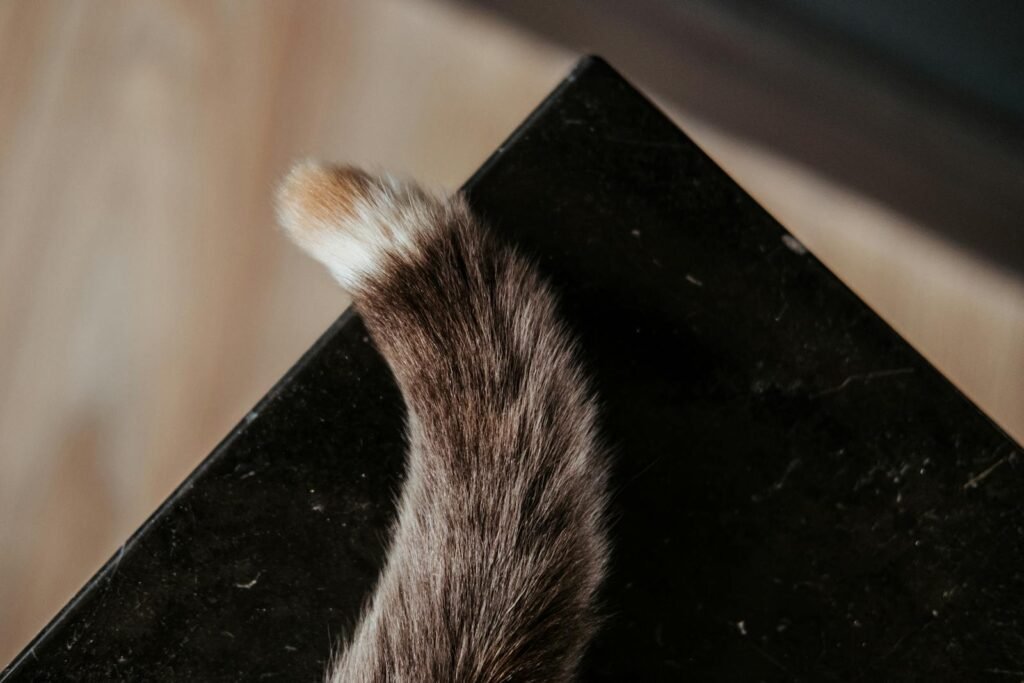
When your cat thrashes their tail or is thumping it on the ground, they are irritated, annoyed, or angry. This tells you that something is bothering your cat. This isn’t the gentle swishing you might see during play – this is a clear warning that your cat needs space.
This is a distance-increasing behavior. In other words, if you are petting your cat and they start thrashing their tail, they are trying to tell you to stop. If you don’t, then the thrashing tail may be a prelude to hissing, growling, swatting, or biting.
The Gentle Swish: Focus and Hunting Mode
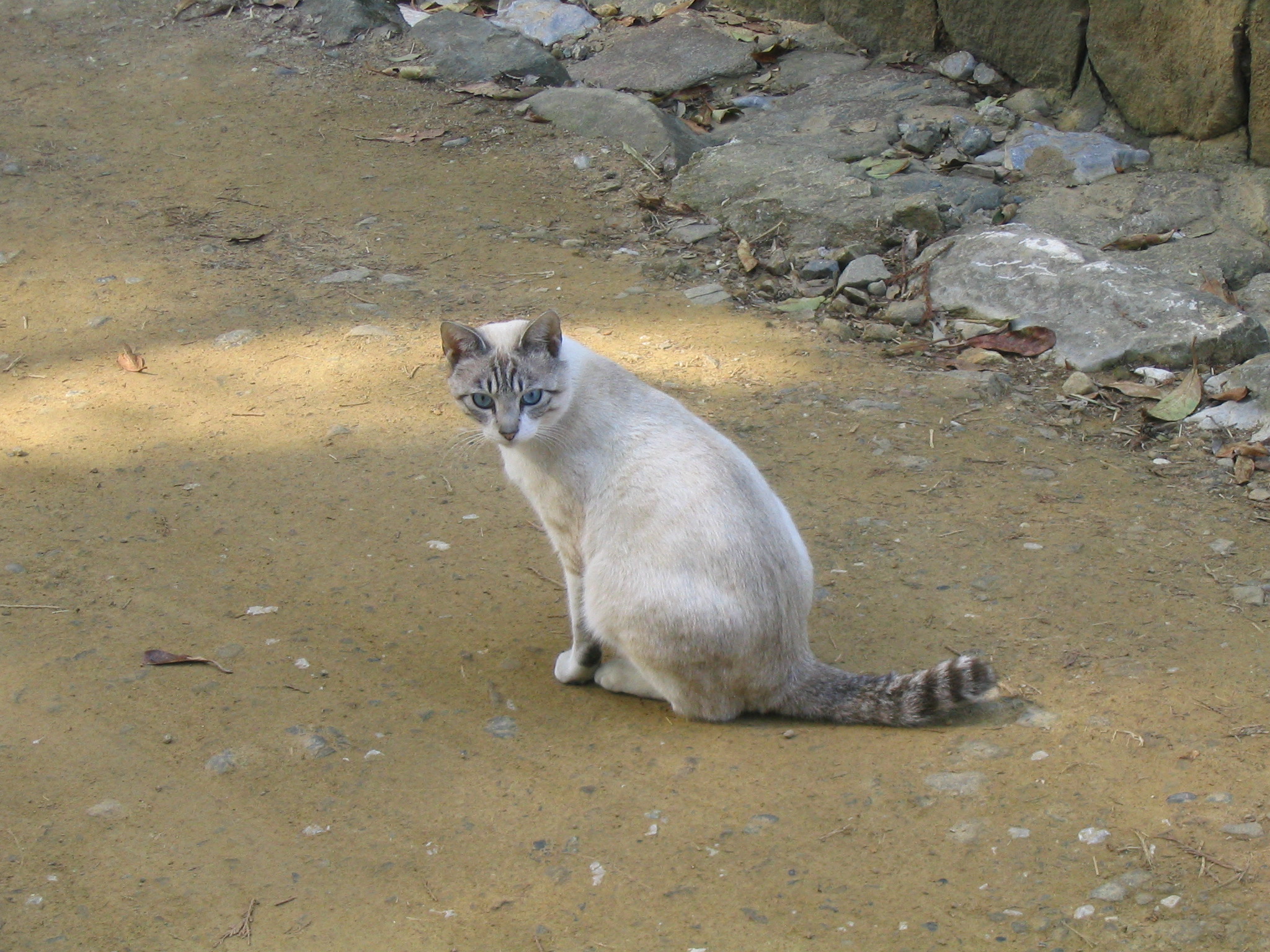
A tail that sways slowly from side to side usually your cat is focused on an object. You might see this tail position right before your cat pounces on a toy or a kibble of cat food that’s tumbled outside the food bowl. This graceful movement is your cat’s way of showing intense concentration.
You’ve probably noticed your cat’s tail do this when they’re intensely focused on something like a toy and might be about to pounce. This tail movement does, in fact, mean a cat is in the zone and has zeroed all their attention on a target of interest but is likely feeling playful. As consummate hunters, cats wag their tails when stalking prey as it helps them to stay balanced before they pounce.
The Puffed Up Bottle Brush: Fear and Defense
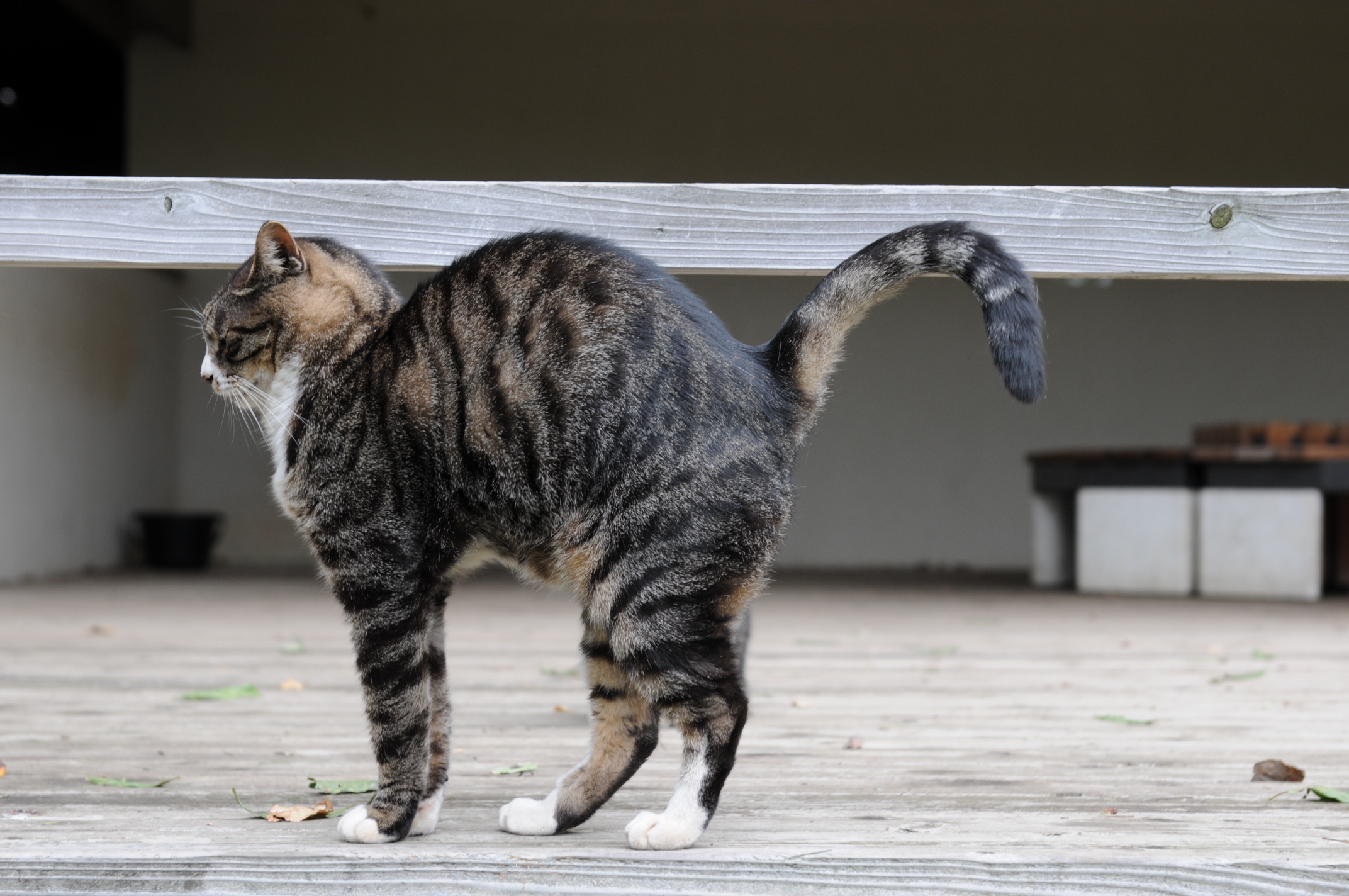
One of the most dramatic tail positions occurs when your cat’s tail suddenly becomes significantly larger than its normal size. Cats with puffed tails are “basically trying to make themselves look as big as possible, and that’s because they detect a threat in the environment”. This phenomenon, called piloerection, happens when tiny muscles contract around each hair follicle.
A puffed-out tail, significantly larger than normal, is either a sign of a very excited cat or one that is scared and ready for a fight. A feline may also have hair raised on their back to make them appear larger and a more formidable opponent. It’s an indication of high emotions that can go either way. Surprisingly, cats sometimes make their tails puffy when they’re feeling especially happy and playful. It’s most often seen in kittens, but even older cats make the base of their tails look extra fluffy when they’re having fun.
The Wrapped Tail: Signs of Fear or Contentment
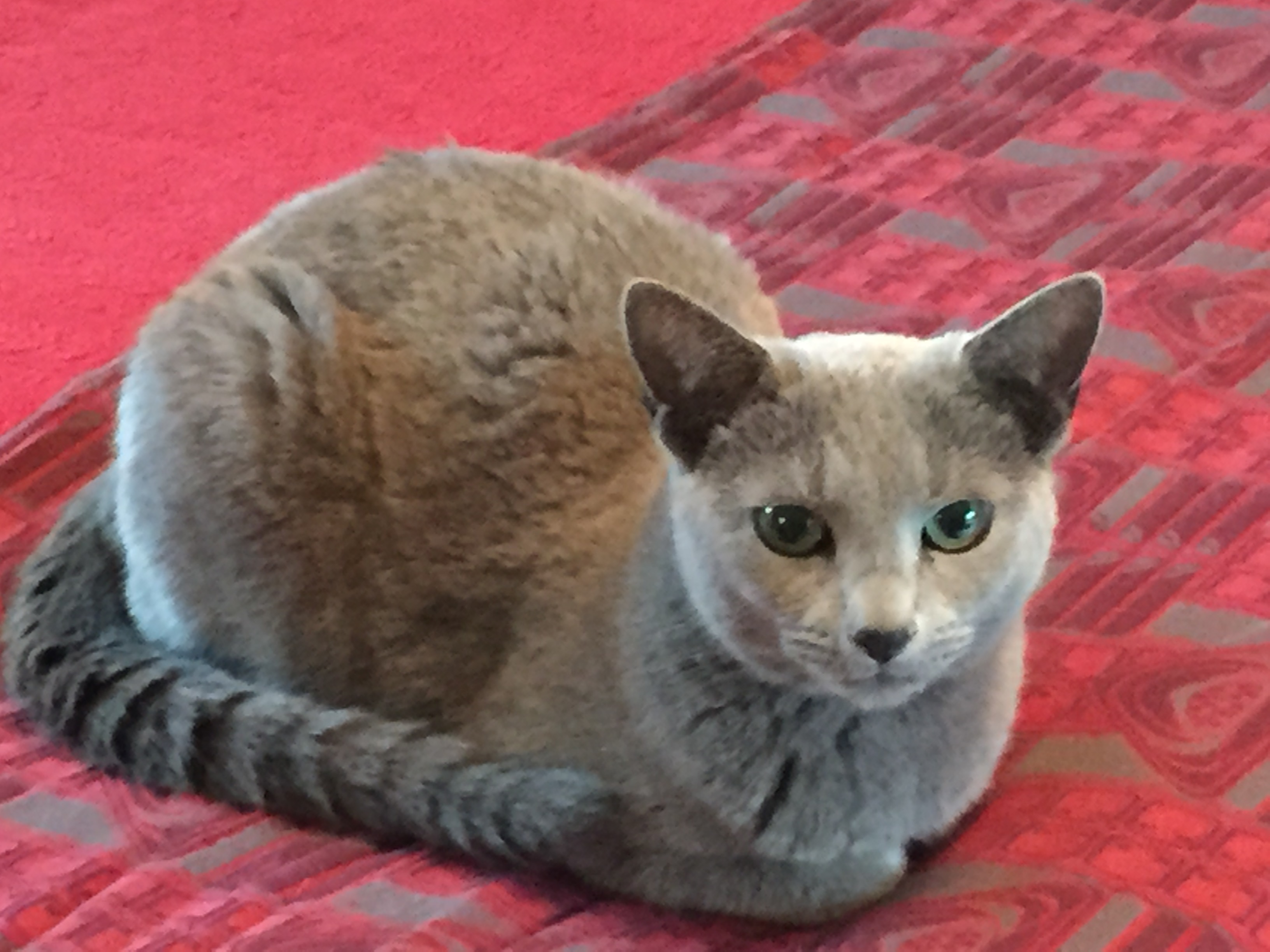
When your cat wraps their tail around themselves or tucks it close to their body, they’re communicating something important about their emotional state. If your cat is sitting or lying down with their tail wrapped around their body, then they are frightened, defensive, in pain, or feeling unwell. When you see this, end your interaction with your cat and ensure that your cat’s environment is free of stressors. If your cat frequently crouches with their tail curled tightly around their body for more than a few days, then an evaluation by your veterinarian is warranted to rule out pain or illness.
However, context matters enormously here. For example, a cat sitting on your lap may curl their tail around themselves for warmth or because it’s just a comfortable thing to do. In that context, you don’t need to worry. When cats wrap their tails around you or another cat, it’s completely different – cats may greet by curling their tails around people and by intertwining their tails with other cats. Tail wrapping is an affiliative behavior that demonstrates a willingness to interact.
Understanding Context and Recognizing Pain

Reading your cat’s tail language effectively requires looking at the bigger picture. Dr. Ernie Ward also suggests that sometimes cat tail wagging may indicate that they’re in pain or feeling unwell. If your cat’s lying down and waving their tail whilst also behaving out of sorts – such as going off their food or spending a lot of time in hiding – they may be feeling under the weather. If you’re concerned about your cat’s health, take them to the vet as soon as possible for a diagnosis.
Reading the tail language of a cat can also help you identify illness and pain more readily. These tips for understanding cat tail language will empower you to build a more loving, trusting, and fulfilling relationship with your cat. Remember that you should interpret these tail movements in the context of your cat’s other body language signals and the current situation. The more you become aware of your cat’s body language, the better you will be at knowing how they’re feeling, allowing you to act accordingly and best provide for your cat’s emotional needs.
Your cat’s tail is truly a window into their inner world, communicating everything from pure joy to serious distress. By paying attention to these subtle signals, you’ll develop a deeper understanding of your feline companion and strengthen the bond you share. The next time you see that familiar tail movement, you’ll know exactly what your cat is trying to tell you. What new tail language have you noticed in your own cat that surprised you?





